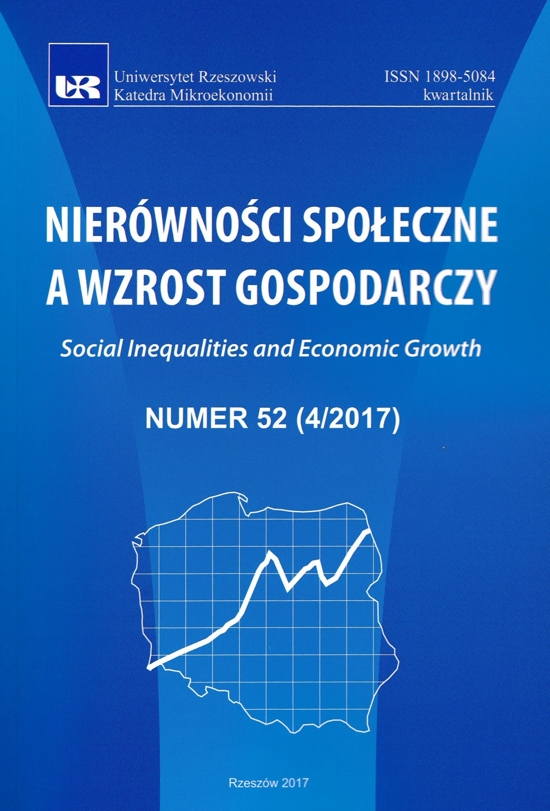Giełdowy rynek instrumentów pochodnych w Polsce
– szanse i zagrożenia dla zintegrowanego rozwoju
Exchange derivatives market in Poland
– opportunities and threats for integrated development
Author(s): Tomasz ŚpiewakSubject(s): Economy
Published by: Wydawnictwo Uniwersytetu Rzeszowskiego
Keywords: derivatives; risk management; transformation
Summary/Abstract: The market of derivative instruments is the youngest segment of the Polish financial market.On the floors of the Stock Exchange in Warsaw derivatives debuted on 16 January 1998, thus almostafter 7 years of the operation of the Polish public market. An analysis of the development of thismarket segment for the last 10 years can incline us to formulate several equivocal conclusions.On the floors of the Stock Exchange in Warsaw in the years 1998-2010, there appeared bothfutures contracts, index units and financial options. One must give credit to some attempts to differentiatethe arrangement of basic instruments that are available to investors; they include shares,indexes, currencies, and interest rates. Similarly, it is impossible not to notice dominance of thederivative market quoted on the floor of GPW SA over the share market in relation to the turnovervalue. All this evidences without any doubt that development of the exchange market of derivativeinstruments in Poland is proceeding. On the other hand, however, one should not forget about thephenomena that can evidence occurrence of some weaknesses in development of the said instrumentson the regulated markets. Such weaknesses may include, for example, a slow pace of derivativedevelopment except for futures contracts for WIG20. Another threat for development of thePolish regulated market of derivative instruments is the structure of the market participants with thedominance of individual investors, which, in connection with dominance of futures contracts forindex WIG20 in the turnover, means that transaction on GPW SA are primarily of the speculativecharacter.A barrier for development of the derivative instruments market may be an opinion, whichburdens it, that such instruments are the riskiest instruments of the financial market, responsiblefor escalation of the crisis on the global financial markets. Investments on the capital market areassociated with risk. It is suggested erroneously, however, that risk is included in the market itself. Itmust be stressed that risk depends on the behaviour of a person who realizes an investment. We mustremember, however, that the strongest development catalyst of the regulated market of derivativeinstruments in Poland is possibilities that they give. Derivative instruments may be the constructionbasis of hedging strategies, which in the past constituted the main premise for development of theregulated derivative market on the global stock exchanges, starting since the 1970s. The specificconstruction of derivative instruments makes them the most popular tool used in the comprehensivefinancial engineering, first of all, in construction of investment strategies. Moreover, the said instrumentsmay be used in arbitrage strategies created on the border between the futures market and thecash market.To sum up, the development level of the regulated market of derivative instruments in Polandshould be considered as too low. Except for indexed futures contracts (the 4th place among Europeanstock exchanges in relation to the turnover value) the exchange market is featured by a low levelof development in relation to differentiation of the offered instruments and their liquidity. Furtherdevelopment of the Polish market of derivative instruments may, in a perspective of several years,facilitate creation of an extended platform of risk management instruments, used both by exchangeinvestors and by businesses.
Journal: Nierówności Społeczne a Wzrost Gospodarczy
- Issue Year: 2017
- Issue No: 52
- Page Range: 510-526
- Page Count: 17
- Language: Polish

